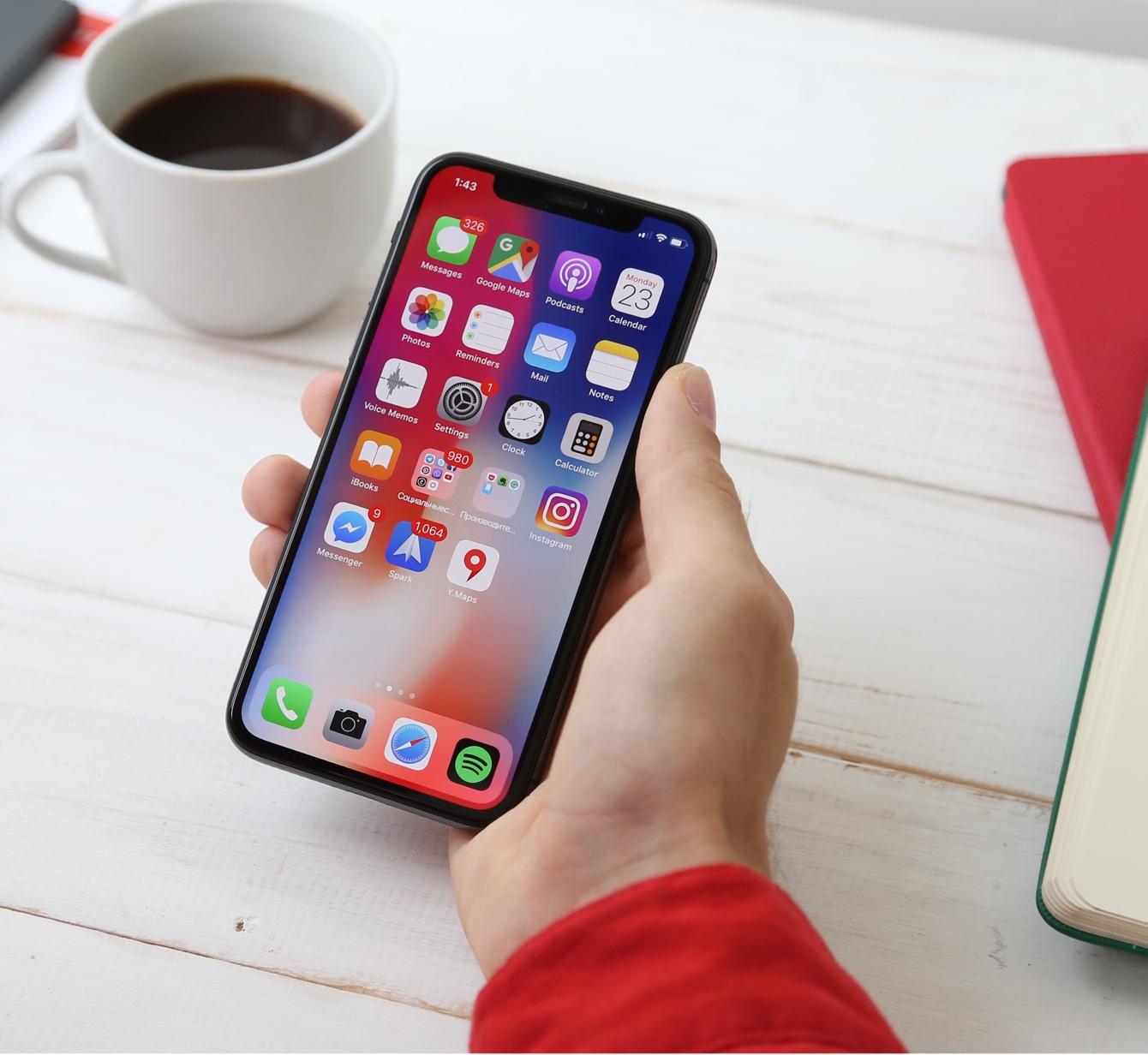Brand awareness
A project’s overall strategy is a major factor in determining which route to take. Sometimes brands will choose to develop a native app to increase market penetration and discoverability. And just being featured in the digital distribution marketplace could raise your brand’s profile.
Bailey said few brands actually require a native app based on features. Sometimes it really is about the presence in these marketplaces, like Apple’s App Store. That in itself can be the strongest case in the overall digital strategy for building a native app.
“If someone hears the name of a brand and wants to check it out, depending on what that brand offers, their first search might not be in Google but in the App Store,” Bailey said. “Let me download this app and see what it’s all about.”
For example, it’s unlikely a user would go to uber.com to try Uber before going to the respective marketplace to test the app.
Cross-platform tools and the future
If you pursue an application, you need to determine which one will help in the tactical execution of your team’s objectives.
Native apps can optimize the user experience because they were designed for a specific smartphone. Hybrid apps can be installed on smartphones but run through a web browser. Progressive web apps are not actually apps at all. They are websites that feel like apps because they install icons on your mobile device and add many app-like features – like push notifications and access to hardware.
“Most people wouldn’t be able to tell the difference between a really good PWA experience and a native app experience,” Bailey said.
Bailey said cross-platform tools are getting better and better and indistinguishable for any end user. He said it’s important that developers don’t get high and mighty about being pure in any sense of the word because it’s really about getting value out faster. He said open-source app frameworks like React Native and Dart/Flutter are great for both mobile platforms.
“If you could find ways to deliver for all those platforms with one pass and one code base, that’s a dream come true. That’s your panacea,” he continued. “I don’t want have to decide whether it’s mobile or web. Instead, I could write code that may be five or 10 percent more effort but then you cover three major channels.”
There are many great reasons to deliver native apps, taking advantage of the unique capabilities and potentials of specific personal devices. There are also persuasive arguments for just concentrating on creating the best website possible – one that will work equally well on mobile and desktop. What you sacrifice in optimization you make up for in time and resources.
Although cross-platform tools are improving – and may one day render this debate moot – right now you still need to choose the right path forward: web or app?
The answer depends on your goals, resources and strategy.












